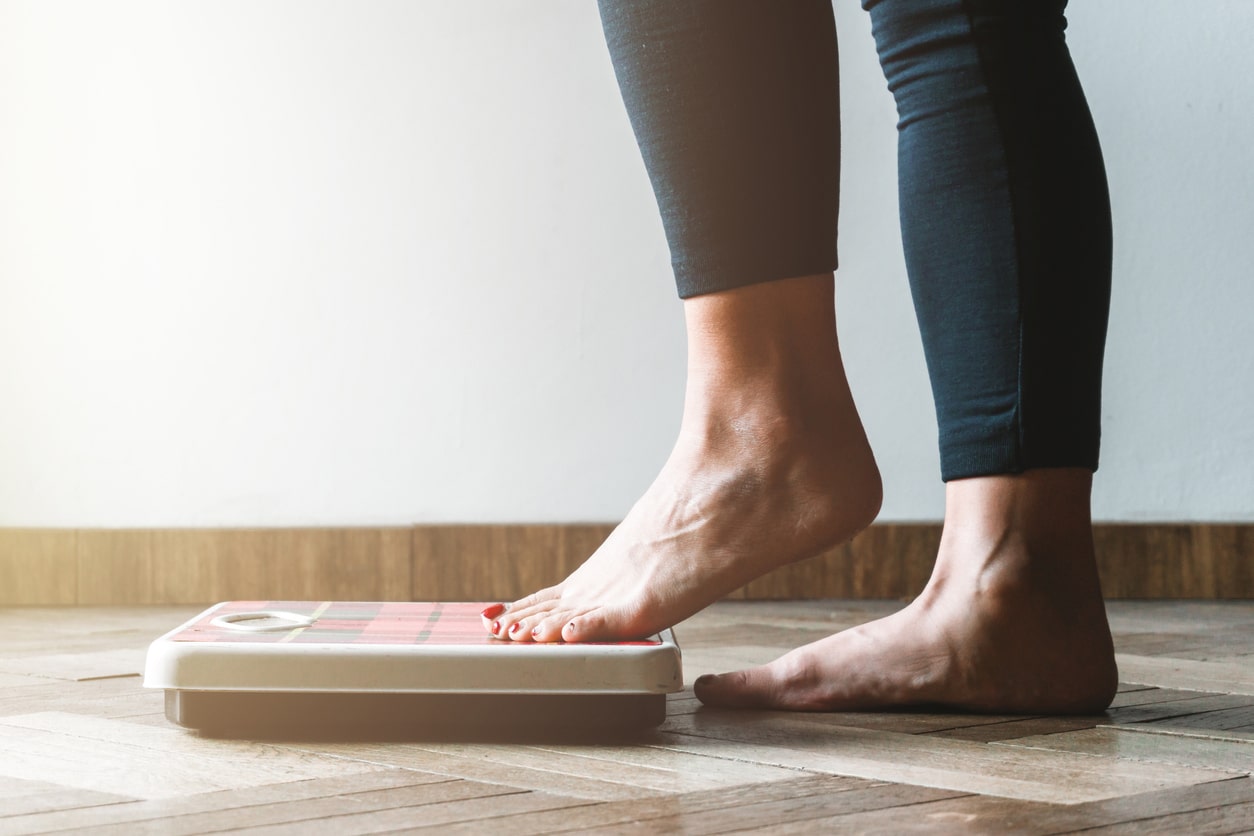No products in the cart.

Q: How do I determine what’s a healthy weight for me? I’m a 49-year-old female and my height is 5’7”.
A: The guidelines for determining a healthy weight is called the HAMWI method, which is typically used in healthcare to determine the ideal body weight (IBW) for adult men and women.
As women, we get 100 lbs. for the first five feet of stature. Then 5 lbs. for every inch above that. It’s different for men. They get 106 lbs. for the first five feet of stature and 6 lbs. for every inch after that. That doesn’t seem fair, does it? Due to hormonal differences, men generally retain more lean body mass (LBM) than women and LBM weighs more.
But that’s not all. Because we come in different shapes and sizes, we apply the 10% rule. So let’s do the math: At your height of 5’7”, you get 135 lbs. plus or minus 10% which puts a healthy weight range for you at 122 to 148 lbs. This application largely depends on your frame size, which is either small (think thin wrists as an example), medium, or large (thicker wrists, breadth of shoulders).
A shortfall of the HAMWI method is that an individual’s LBM isn’t taken into account. In this regard, optimum weight is underestimated because muscle weighs more than fat. For example, if you’re athletic or regularly strength train, you will weigh more due to higher LBM, which is desirable.
To your health!
Leyla Muedin, MS, RD, CDN

